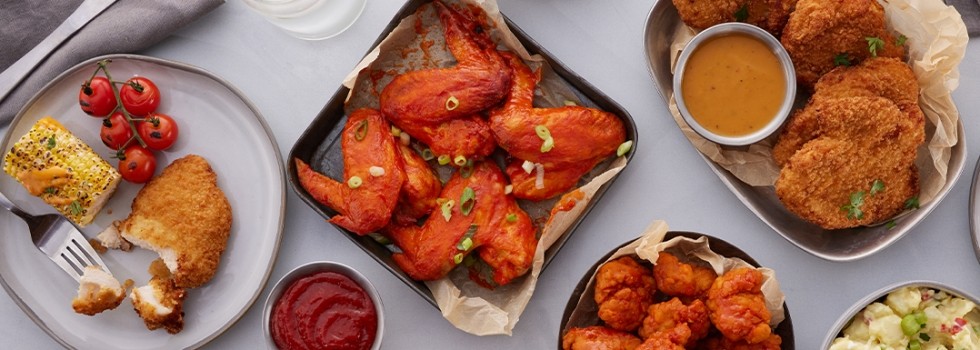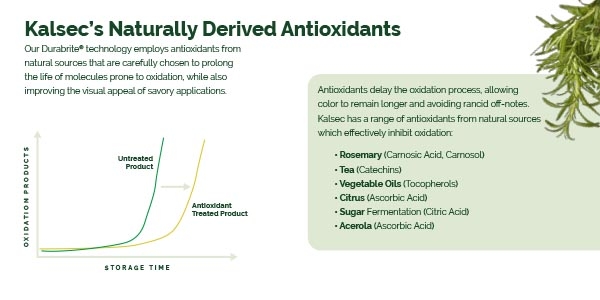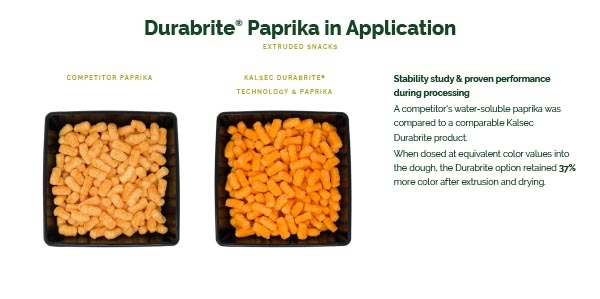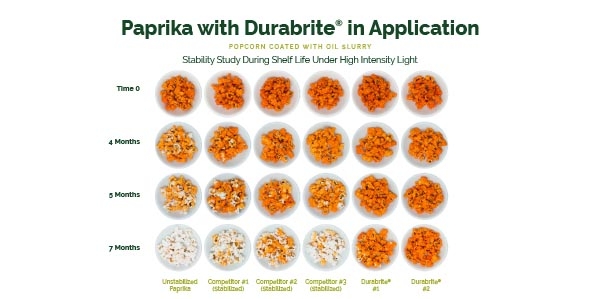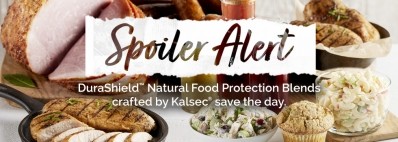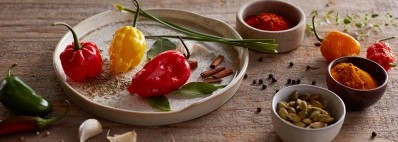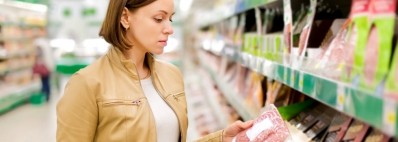Promotional Features
How do brightly-colored products from naturally-sourced ingredients provide a solution to food-waste?
Food waste is one of the top issues for consumers today.
With challenging economic times and food prices at an all-time high, not only are consumers concerned with the environmental impact of food wasted during production, but they also prefer not to waste the products they have purchased themselves.
Each year, 119 billion pounds of food is wasted in the United States. That equates to 130 billion meals and more than $408 billion in food thrown away each year. Shockingly, nearly 40% of all food in America is wasted.1
One of the reasons that food is rejected by consumers, and therefore lost to waste, is due to its appearance. The global nature of the food system means consumers have clear expectations of how food should look, regardless of the time of year or location in which it is purchased.
Nine in 10 consumers place visual appeal and color above other factors when shopping. Color affects food choice, enjoyment of food and the flavors we expect to taste. For many, the first way they evaluate food is through their eyes. In fact, studies document that over 90% of shoppers rate visual appearance and color above other factors.2
Color is so important to the perception of food quality and its overall experience as it is one of the first ways a product degrades during its processing or shelf life. Intense production processes such as baking, frying, or pasteurizing, combined with factors like clear packaging or warm temperatures on the shelf, can all significantly impact the color of food products.
How do natural ingredients help to reduce food waste?
Kalsec has been a leader in the natural ingredients industry for over 65 years and understood that customers were struggling with color loss in their products, subsequently leading to food wastage.
Antioxidants have long been used in food products to protect against oxidation — just think of adding lemon juice to a freshly cut apple to prevent it from browning.
Antioxidants delay the oxidation process, allowing color to remain longer for increased consumer appeal.
Link between food waste and clean labels
Those looking to reduce their food waste are often interested in clean labels, as well. The same shoppers concerned with food going to waste are generally seeking options they perceive as healthier and closer to nature, too. That’s where Kalsec’s Natural Color Solutions can come in. They provide vibrant colors that last with the use of naturally sourced ingredients, helping food producers keep the label clean to meet modern consumers’ expectations while also making products more appealing for longer so they’re less likely to be thrown out prematurely.
According to ADM Outside Voice research, 69% of U.S. consumers frequently or always purchase food with no artificial ingredients; 67% look for products with no preservatives. 66% prefer all-natural.3
Durabrite® retains up to 37% more color during processing than other options
Durabrite is one of Kalsec’s long-lasting, natural, stabilizing solutions that can pair with a wide range of colors to extend them throughout the shelf life. It also combats color degradation that results during production. Many applications require high-intensity processing, such as extrusion, baking or frying, which can cause a loss of color before the product makes it to retailers. Kalsec has worked with a range of savory food manufacturers, from snacks to sauces, to evaluate coloring options and improve their color during processing. This helps to ensure less product is lost to waste as shop operators are less likely to toss out products that still retain much of, or all of, their color.
In a study carried out by Kalsec, a competitor’s product was swapped out for a Kalsec color stabilized with Durabrite, and 37% more color was retained after processing.
Extend color shelf life by up to 12 times
It’s not just the processing to consider, but also the shelf life, where a significant proportion of food is wasted.
About 30% of food in American grocery stores is thrown away. US retail stores generate about 16 billion pounds of food waste every year.4
When a product sits on a supermarket shelf, it must maintain its visual appeal in order to be chosen and purchased before its sell-by date. Additionally, when products are in a consumer’s home, they need to retain an appetizing color so they will be eaten instead of tossed in the trash.
The proof is in the popcorn - Durabrite technology is up to the test
As shown in the stability study below, Durabrite technology, when applied to paprika to color cheese popcorn, retains a much more vibrant color for far longer. Whether it’s still on the retailer’s shelf or in the pantry at home, a snack colored with Durabrite technology is more likely to be grabbed and enjoyed than thrown away.
Better-colored food is more likely to be eaten
Simply put, products that look natural and fresh or vibrant and authentic are much more likely to be purchased and eaten. And products that don’t are much more likely to be thrown out. What’s more, if food producers can achieve long-lasting colors from the use of natural ingredients, their products will appeal to the growing clean label crowd. Kalsec’s Durabrite was developed to take these challenges head-on. It reduces color lost to processing, extends color through the shelf life and lets manufacturers list naturally sourced ingredients on the packaging. Durabrite technology is a robust, modern solution to help mitigate food waste.
References
1. Feeding America. Food Waste and Food Rescue.
2. Market Splash. 80+ Color Psychology Statistics For 2023 (Facts & Trends).
3. IFT. The Changing Face of Clean Label.
4. Recycle Track Systems (RTS). Food Waste in America in 2023.
